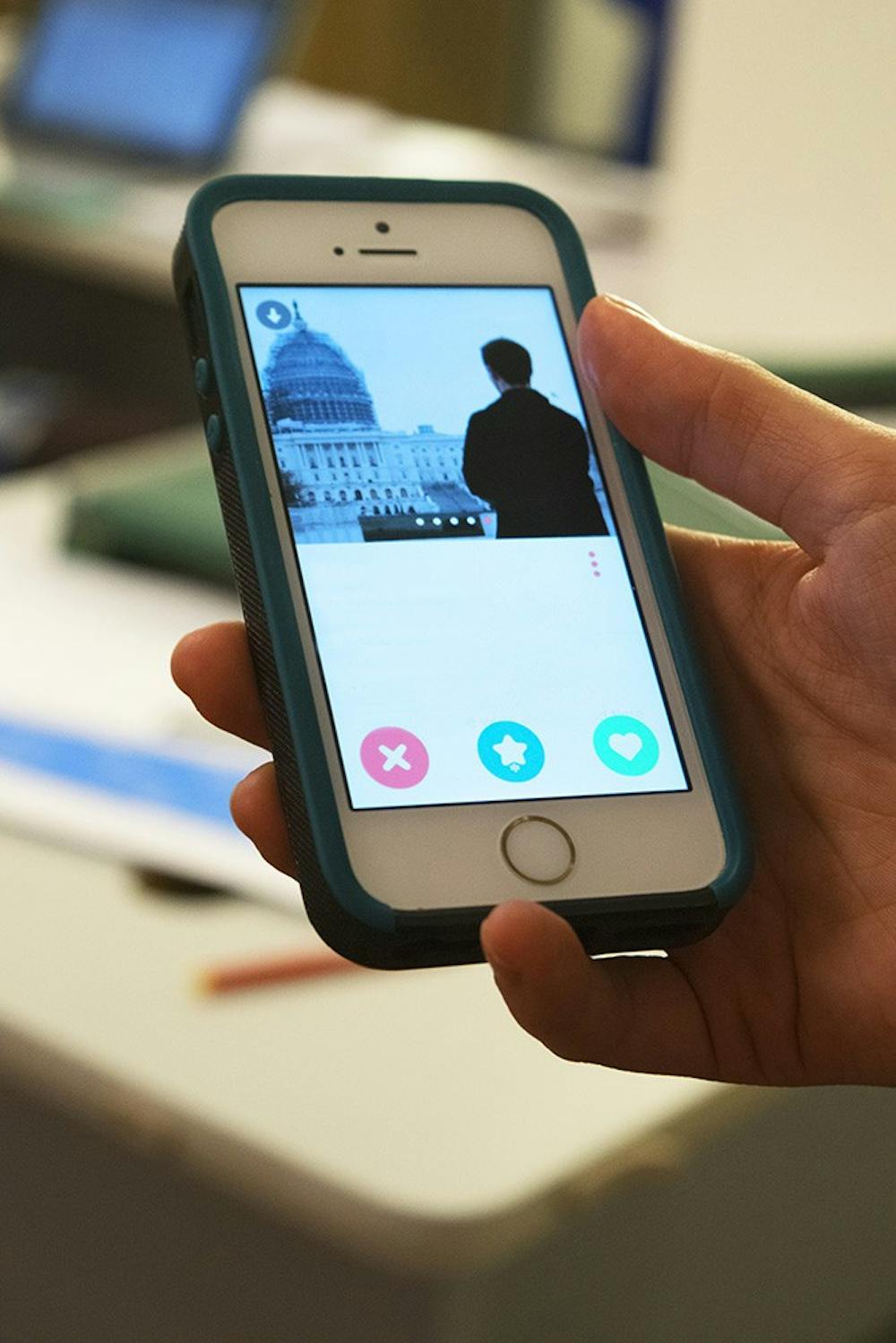The popular dating app Tinder recently added a new feature which shows users nearby locations where they can get tested for sexually transmitted infections.
Tinder is one of the most widely downloaded smartphone apps, with users from 196 different countries, making more than a total of 1.4 billion “swipes” per day.
The company added the new feature for users after a public feud with the AIDS Healthcare Foundation, which put up several billboards around Los Angeles and New York City linking the app with the spread of common STIs like chlamydia and gonorrhea.
The foundation agreed to take down the billboards after Tinder added the new STI-testing site locator.
Dr. Christine Peterson, director of the Gynecology Clinic at the University, said sexually transmitted infections constitute a widespread issue in the United States, especially among young adults aged 15-24 and need to be better addressed.
Eighty percent of sexually active young people have contracted Human Papillomavirus by the time they reach college graduation age, Peterson said.
Although she fully encourages STI testing for young adults, Peterson said there is a need for more basic safe sex practices to prevent and combat the spread of sexually transmitted infections.
“It is most important for everybody to remember to know your own sexual history, your partner's sexual history, to always be using condoms, but remember that there is no such thing as perfectly safe sex,” Peterson said.
Peterson said she could not actively support the STI-testing site locator without knowing how it — or Tinder itself — impacts people’s actions or understanding regarding safe sex practices.
The AIDS Healthcare Foundation is one such organization which says Tinder promotes unsafe sex practices.
Second-year College student Madi Baril said she believes Tinder can be a part of what is regarded as “hookup culture” at colleges, but the app is not necessarily a leading cause of such problems.
“I kind of think they’re independent issues just because unsafe sex is kind of a problem of hookup culture in general,” Baril said.
Regardless, Baril said she doubts the feature on the Tinder app will have any impact on the spread of STIs or safe sex practices.
“The people who are looking for this feature could easily Google a clinic nearby instead of trying to go through the app,” Baril said. “You have to click through a few things before you even find it, so I don't think it would be super helpful with preventing the spread of disease.”
The link to Healthvana’s HIV and STI testing locator can be found under the “Safety” header of the “Frequently Asked Questions” section of the app.
Sarah Eldred, a spokesperson for Planned Parenthood South Atlantic, said she supports any program or application which might make testing and treating STIs more accessible for individuals.
“If all [the feature] does is make finding a place to get tested — and if necessary, treated — easier then that’s something we are all about,” Eldred said.
Planned Parenthood is one of the nation’s largest providers of sexual health education, Eldred said.
“If this is something that can lead to important conversations, if this is something that will help people get tested, then that's a good thing,” Eldred said.
According to Tinder’s website, the University was the eighth-ranked campus in the country for number of right-swiped males in 2015.







